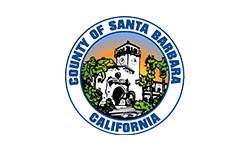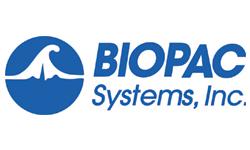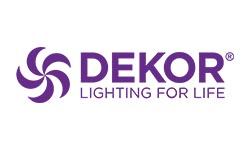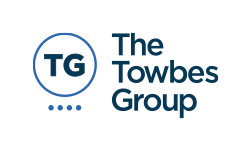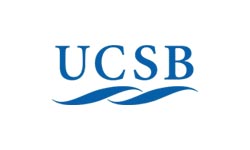Content Management System– Aiding Website Design
Content Management System – Aiding Website Design
Modern websites make it easy for anyone to keep them up to date without needing to know HTML or web programming. A content management system (CMS) is software that allows you to do just that. Examples of CMS’s include WordPress, Joomla, and Drupal. For many businesses, adding content to their website on a regular basis is something they want to be able to do without needing the help of a professional web developer. They may want to do this just to save money and have more control over updates. Adding content regularly is also important for the search engine optimization of your site.
A good CMS allows various people within an organization to write articles and publish them to the website without needing to know HTML or being concerned that they will mess up the site in some way. A CMS protects the average user by separating the content of the site from its design and programming. In this way, virtually anyone can make updates to the content and leave the heavy lifting (graphical or programming changes) to the webmaster.
There are two basic types of content management systems. A server-side CMS is a software that runs on the web server that your site is hosted on. This type of CMS requires no additional software to access. They will typically work from within any modern web browser, such as FireFox, Internet Explorer or Safari. You simply need to know how and where to log in to the system in order to access it’s management functions.
A client-side CMS is a software that you run on your local PC or Mac. This type of CMS is less popular because it can not be used anywhere, anytime from any web browser. It must be accessed from a computer that has the CMS software running on it. An example of this type of CMS is Adobe Contribute. Most people prefer server-side CMS software, however, Contribute has one advantage – it’s inexpensive and requires no additional programming or changes to your website.
Server-side content management systems have also become popular because of the tremendous value they can add to your site for very little cost. They do this through the use of plug-ins. A plug-in is a module that you can add to your CMS which enhances its functionality. Examples include a photo gallery plug-in or a calendar of events plug-in. A CMS like WordPress has thousands of third-party plug-ins you can choose from. Most are free or can be obtained for a nominal cost ($20-$80). This means that you can easily add features to your website without needing to pay a programmer to a custom program that features for you.


